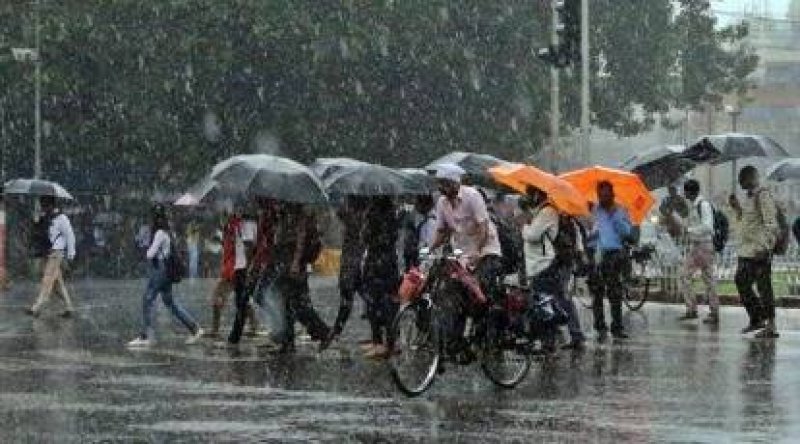TRENDING TAGS :
Unusual September Rainfall Patterns: A Meteorological Mystery Unveiled
Tags:
As September unfolds, many regions across the globe are experiencing unusually heavy rainfall. From prolonged showers in typically arid regions to torrential downpours in temperate climates, the question on everyone's mind is, "Why is it raining so much in September?" Meteorologists and climate scientists are working diligently to unravel this meteorological mystery.
One of the most significant factors contributing to the surge in September rainfall is the influence of climate change. The Earth's climate is undergoing rapid changes, leading to shifts in weather patterns. Warmer temperatures, caused by increased greenhouse gas emissions, can lead to more moisture in the atmosphere. This excess moisture can result in heavier rainfall events when atmospheric conditions are conducive, even in typically dry months like September.
Another key player in this meteorological equation is the phenomenon known as the Indian Summer Monsoon. Typically, the monsoon season in India ends by September. However, in recent years, it has been lingering longer than usual, bringing heavy rains to regions far beyond its typical reach. This extended monsoon season can contribute to increased rainfall in parts of Asia and beyond during September.
Additionally, oceanic factors play a crucial role in shaping September's weather. The El Niño and La Niña phenomena in the Pacific Ocean can influence weather patterns globally. El Niño tends to bring warmer and wetter conditions, while La Niña is associated with cooler and drier weather. The presence of either of these phenomena, or their neutral phases, can affect rainfall patterns worldwide.
Local topography and geography also play a significant role in September rainfall. In some areas, the interaction of mountains, valleys, and coastal regions can create localized weather patterns, leading to more rain during this month.
Human activities, such as deforestation and urbanization, can exacerbate rainfall patterns. Changes in land cover can alter local climate conditions, increasing the likelihood of heavy rainfall events.
It's important to note that while the reasons behind the excessive September rainfall are becoming clearer, predicting the exact weather in any given month remains a complex task. Climate models and meteorological research are continually evolving to improve our understanding of these patterns.
In conclusion, the unusual September rainfall witnessed in various parts of the world is a complex interplay of climate change, monsoon patterns, oceanic phenomena, local geography, and human activities. These factors combined create a meteorological puzzle that researchers are working tirelessly to decipher. As we continue to grapple with the consequences of a changing climate, understanding and predicting such weather events becomes increasingly vital for communities and governments worldwide.



